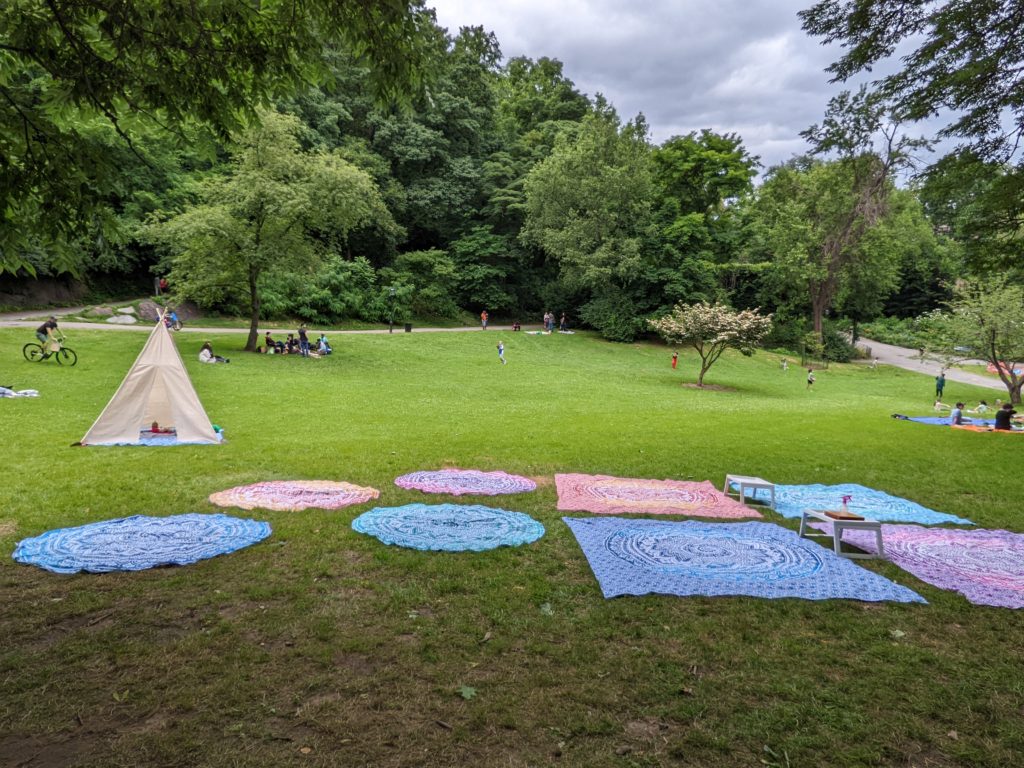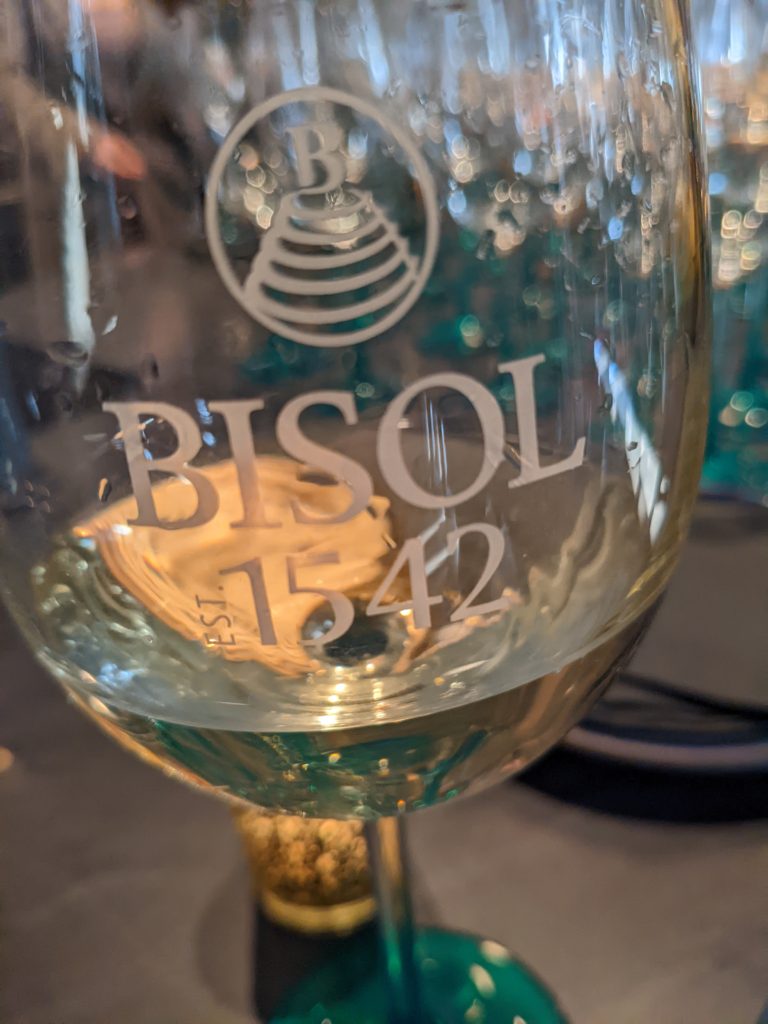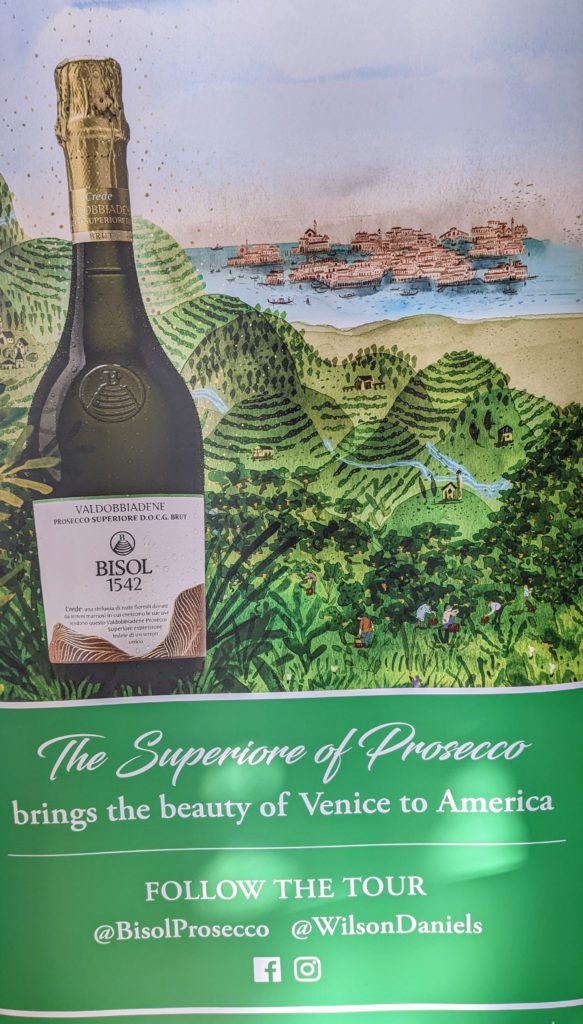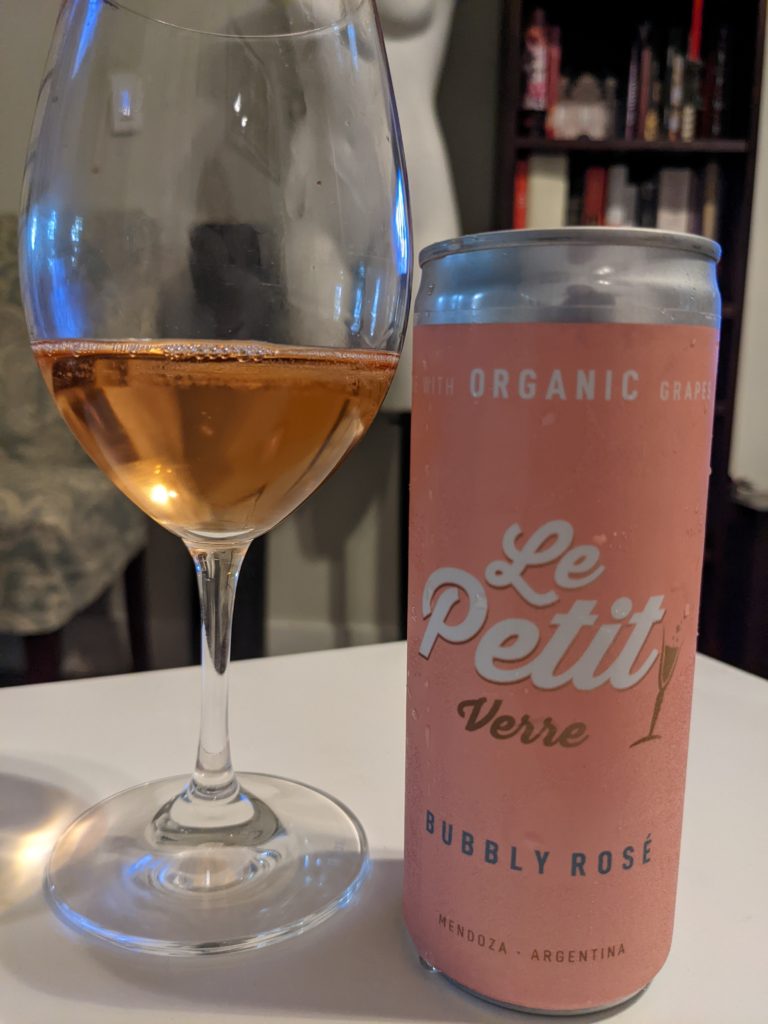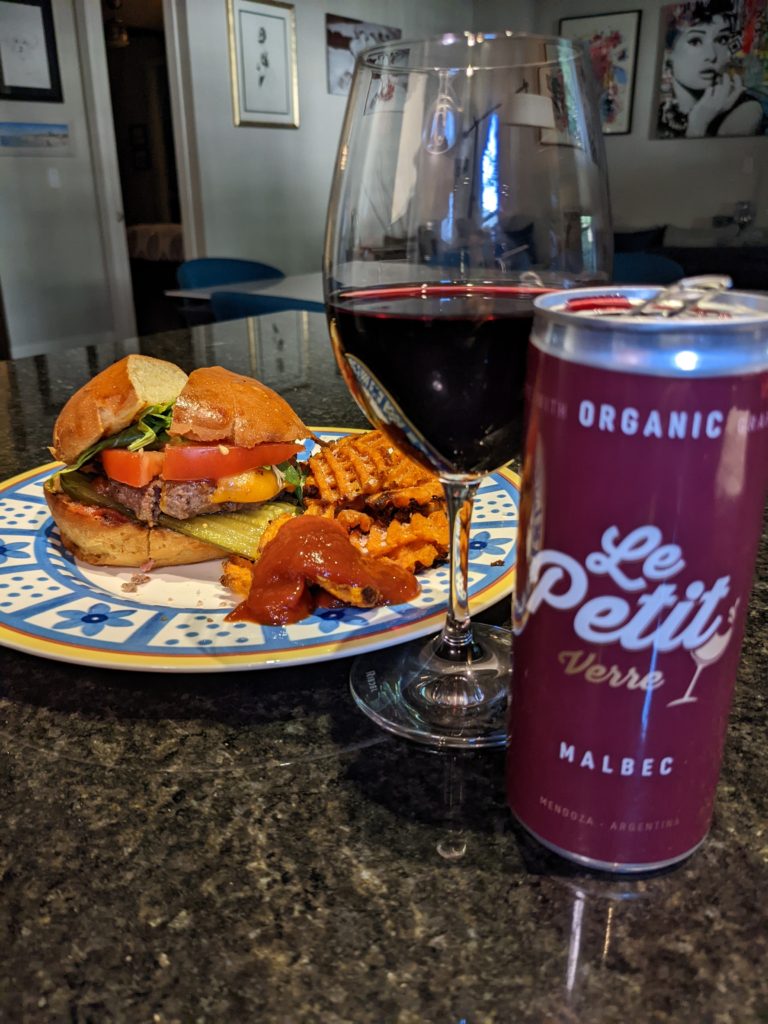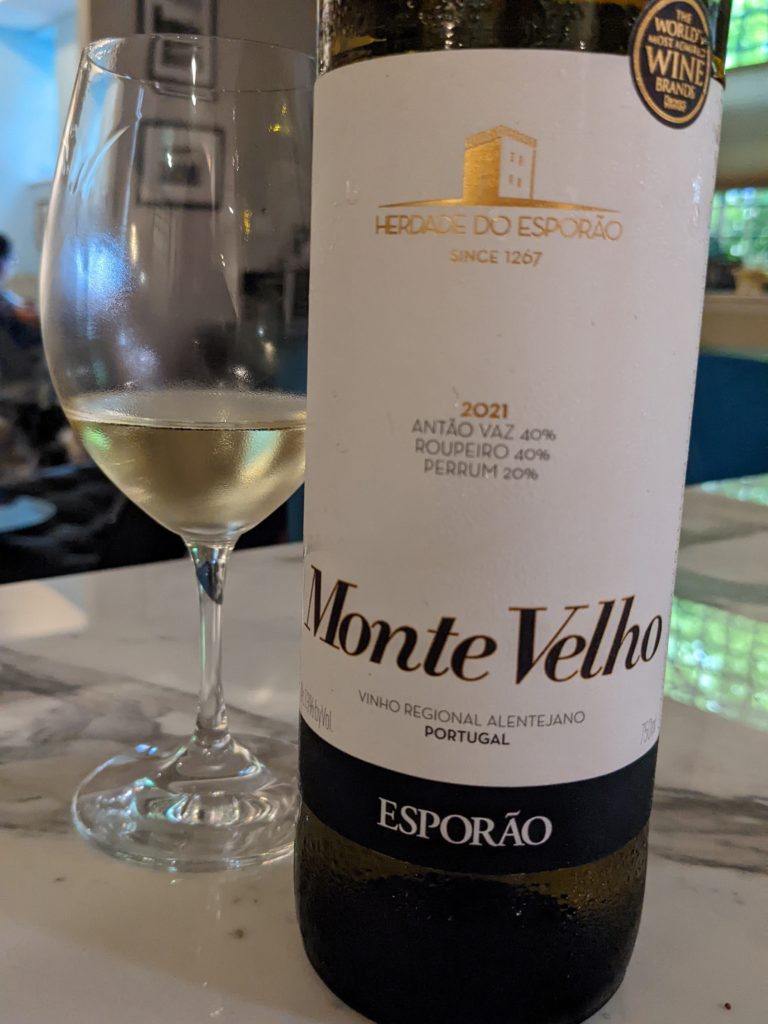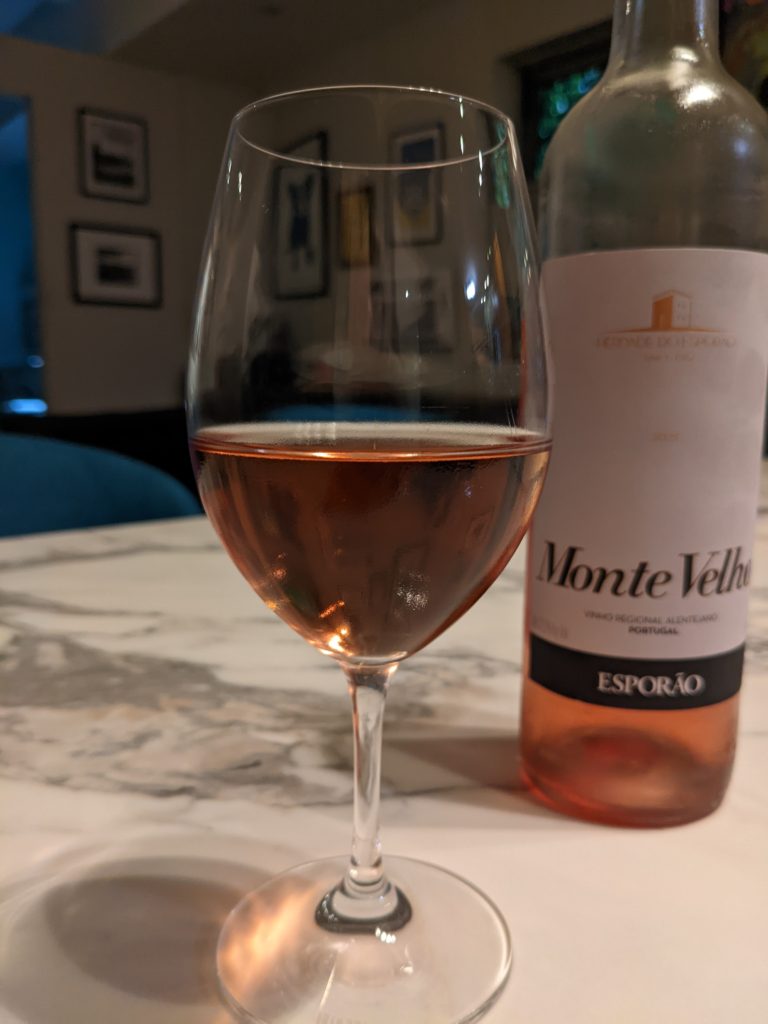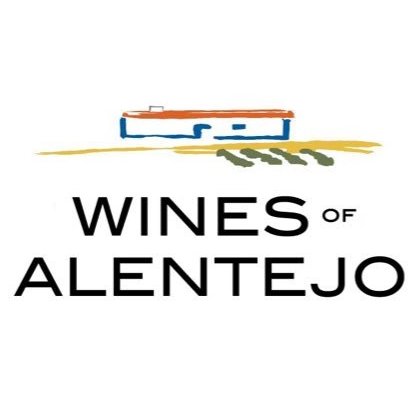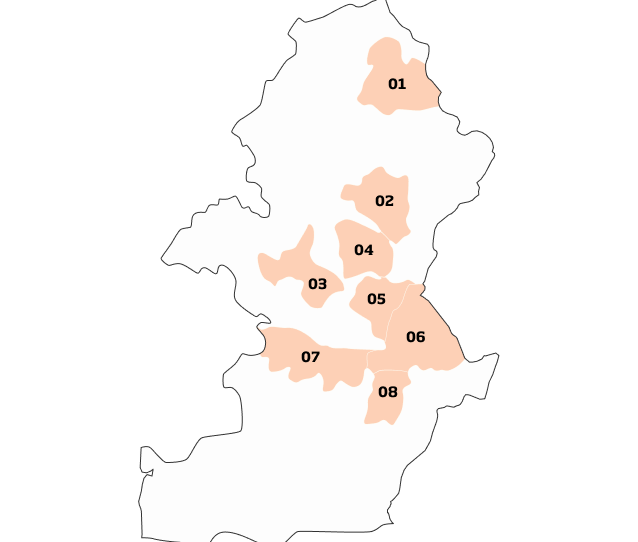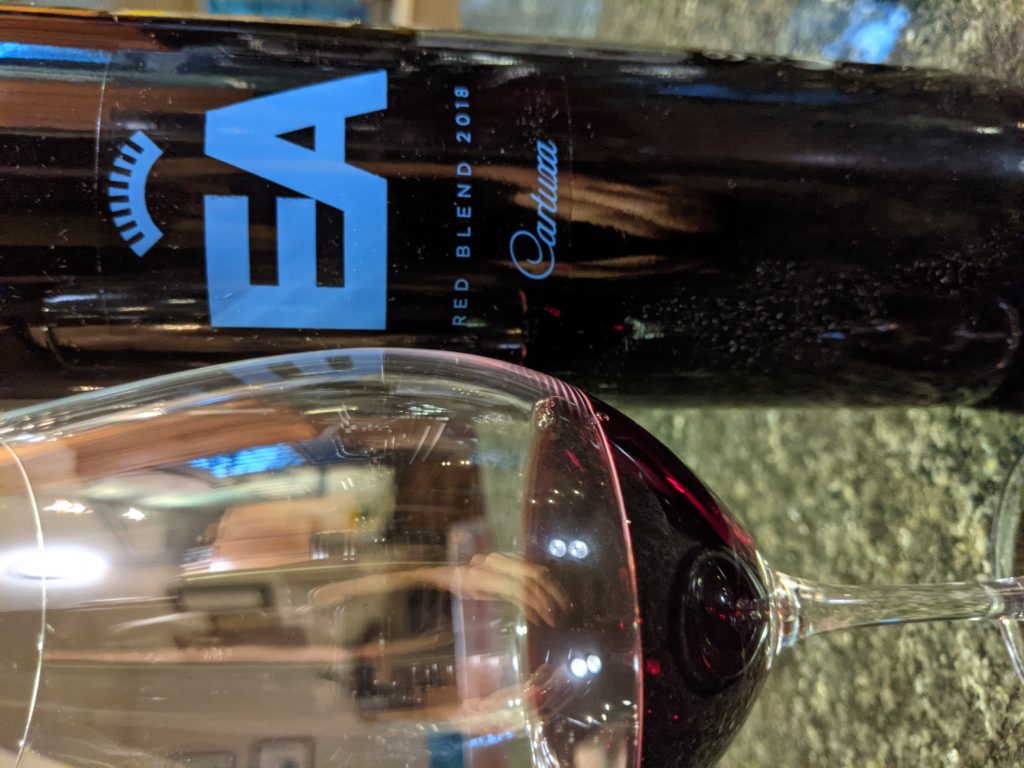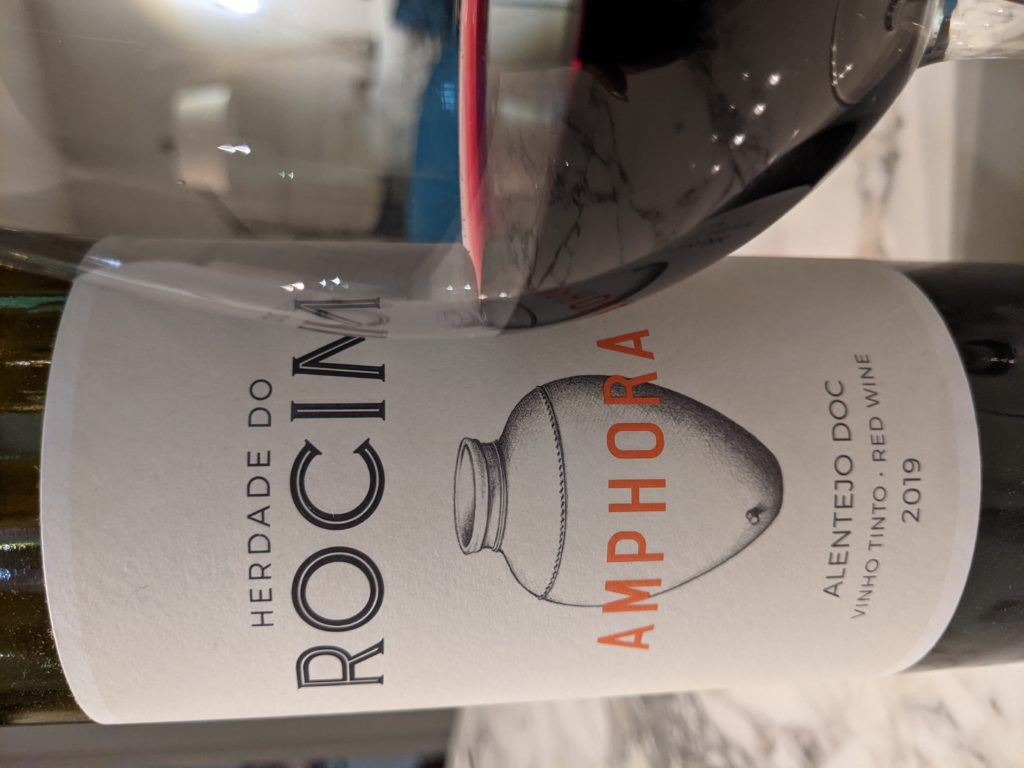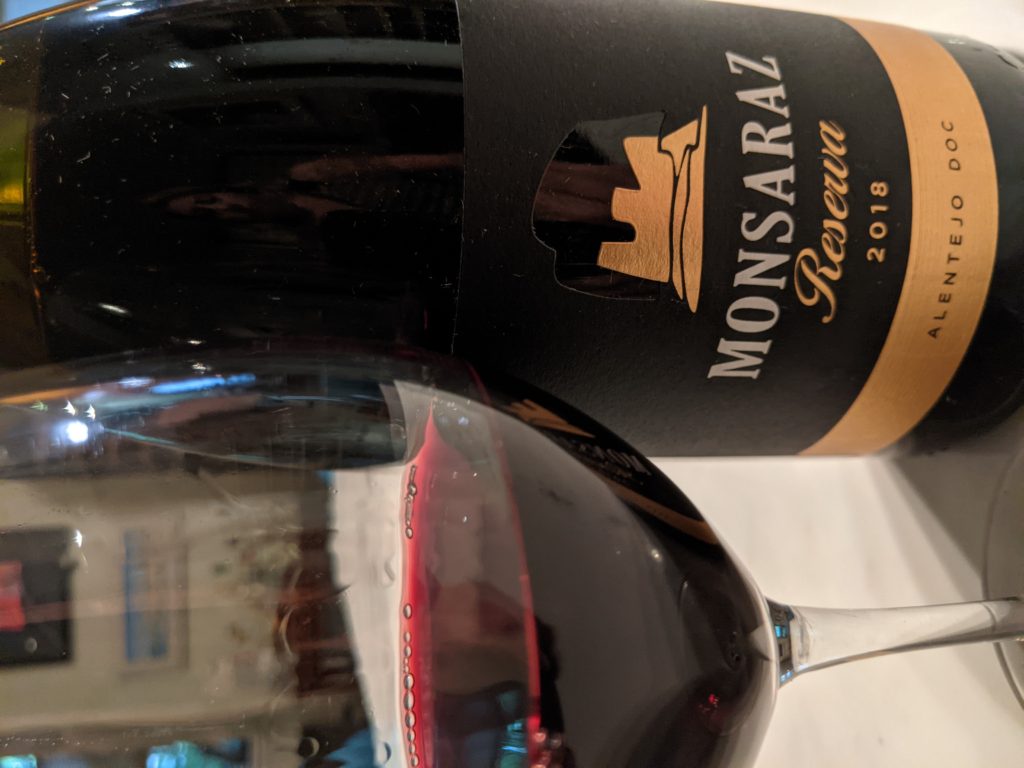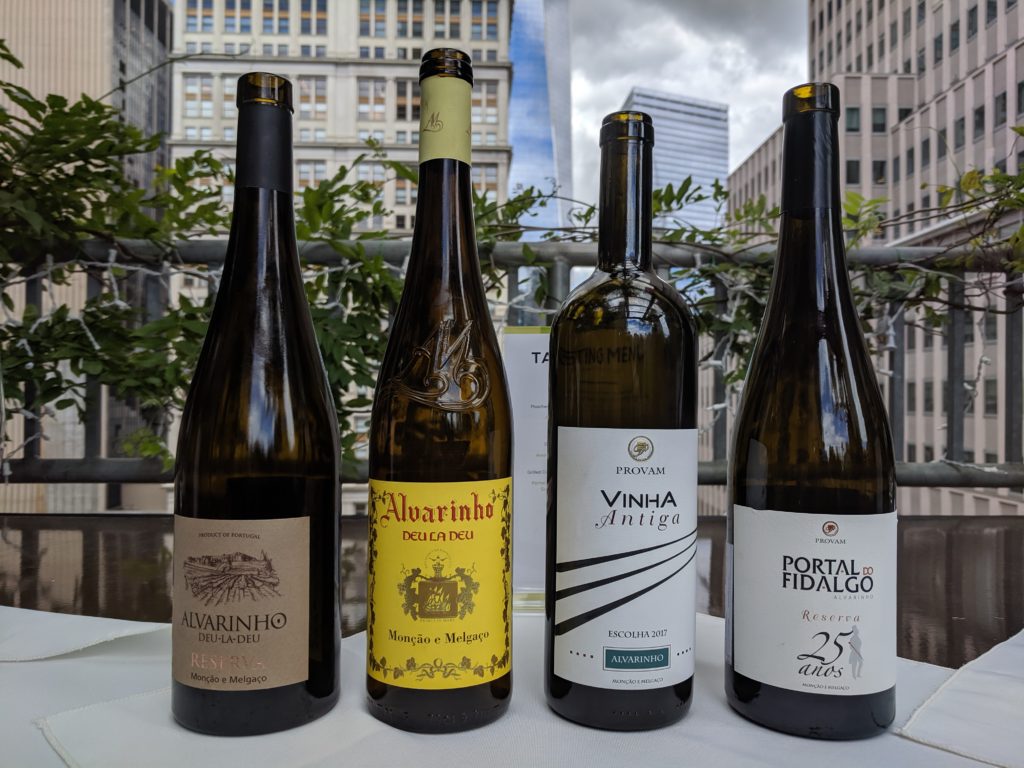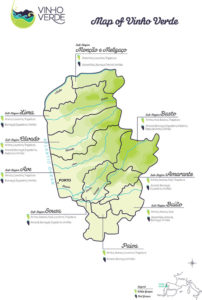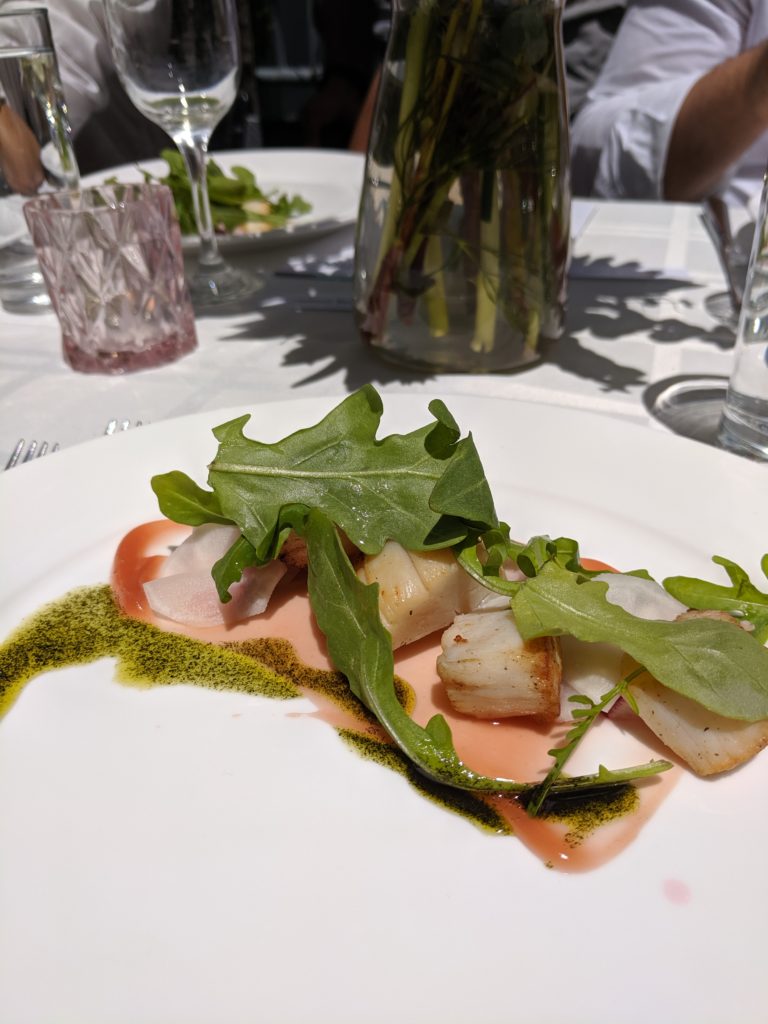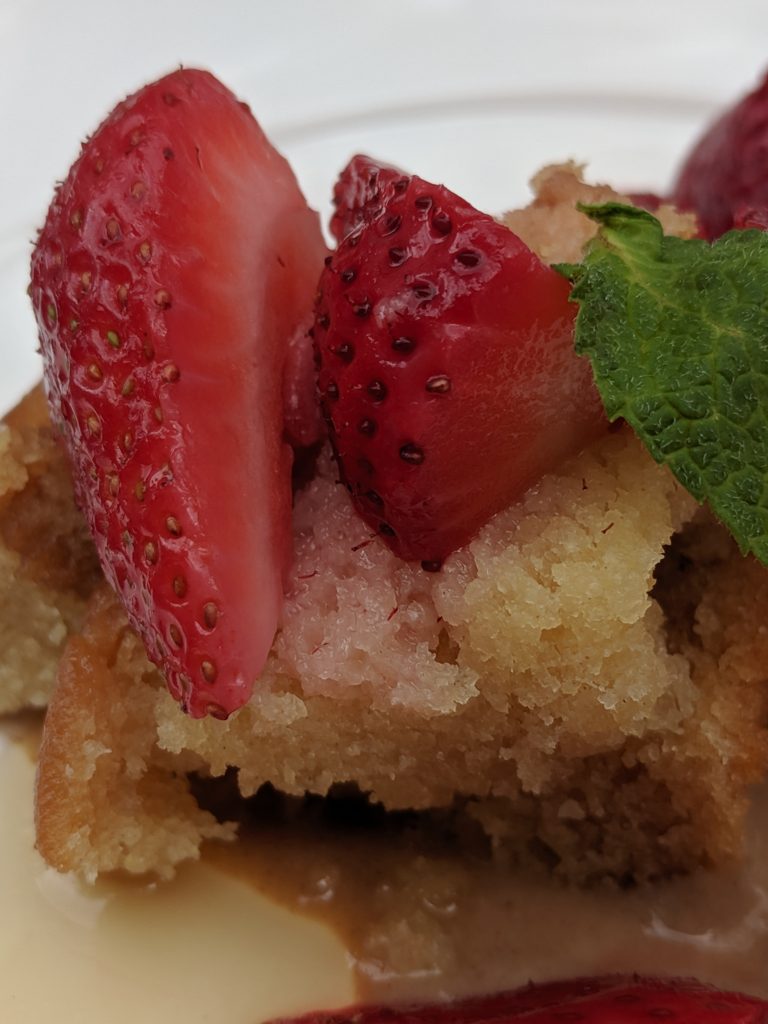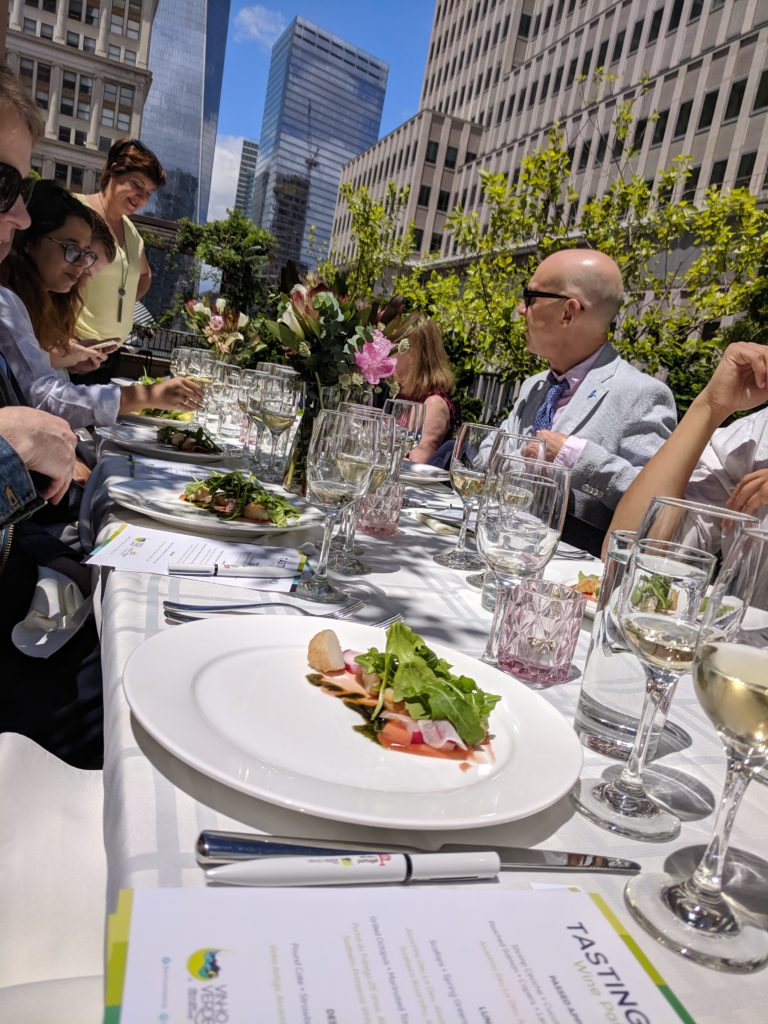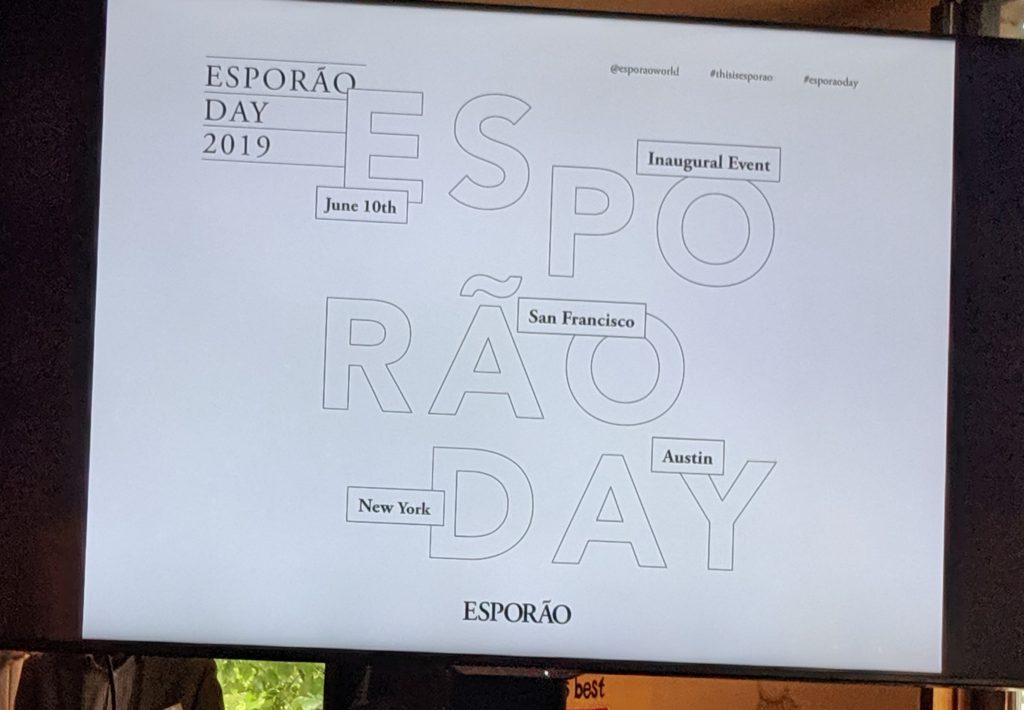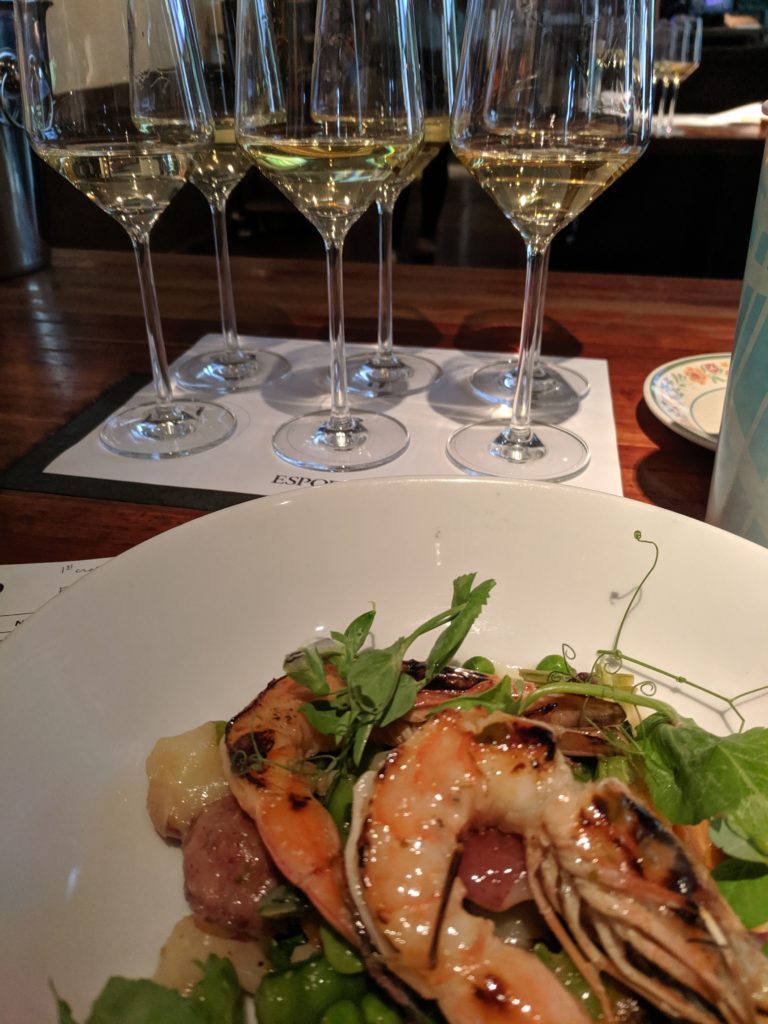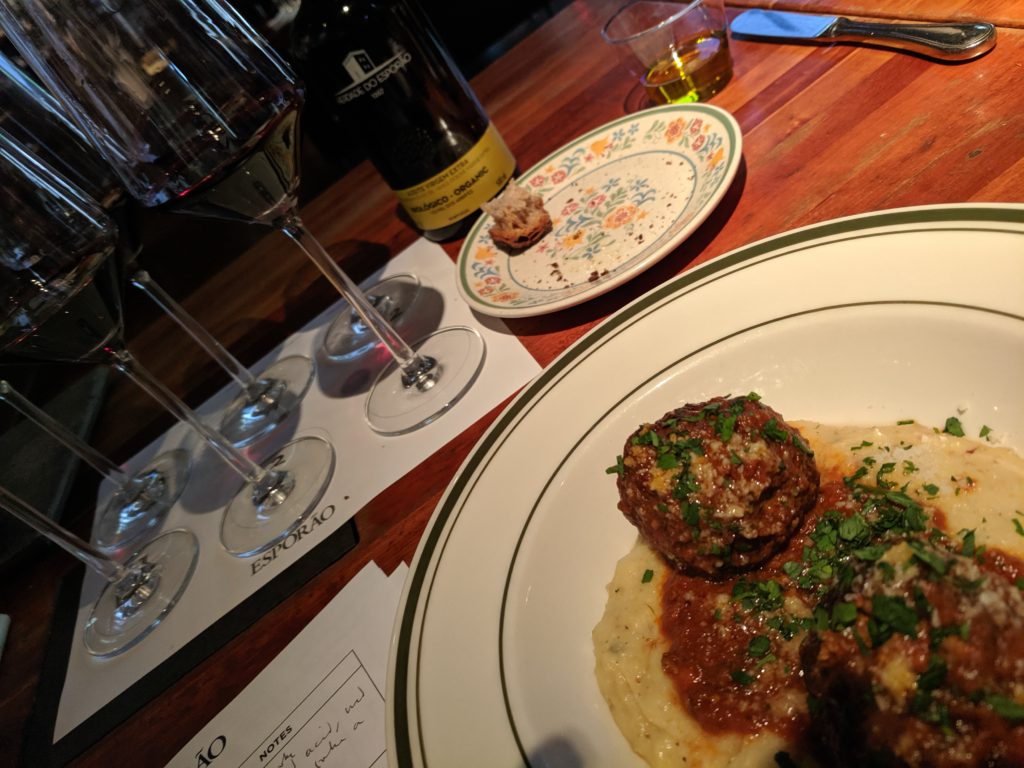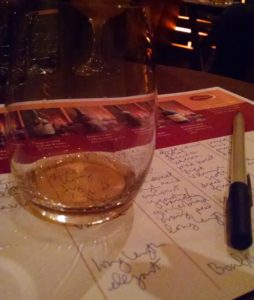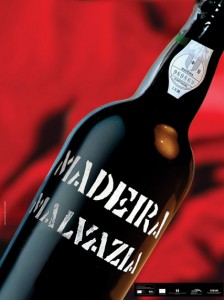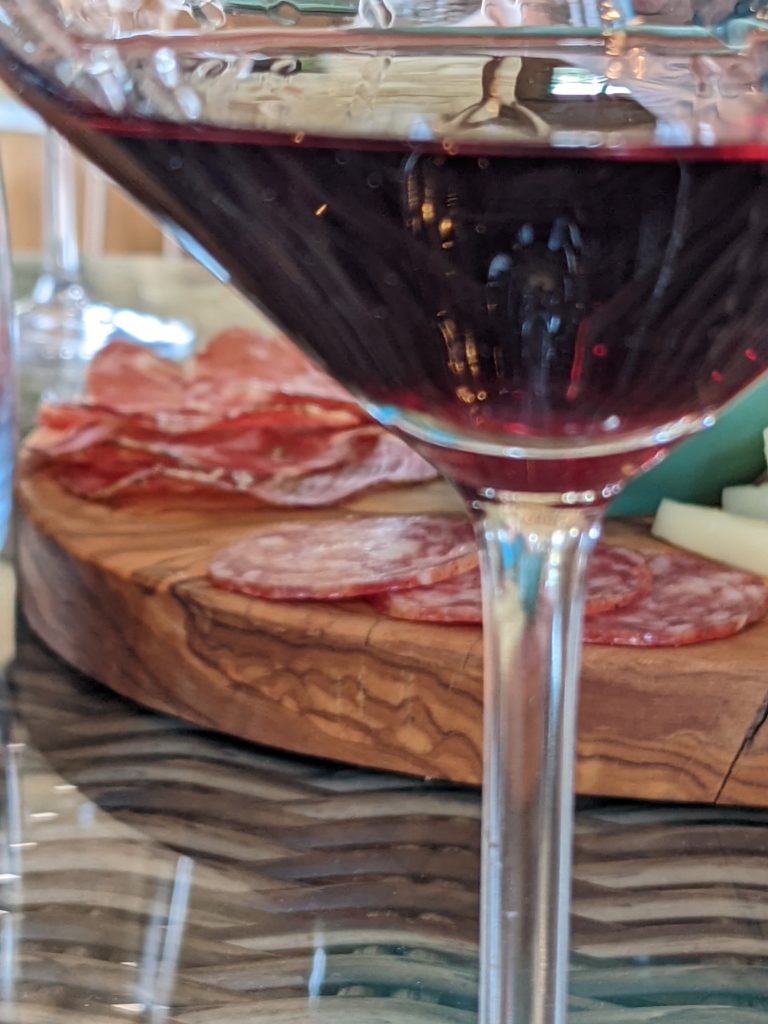
Happy Summer! It’s that time of the year when I finally venture outdoors and partake in my favorite pastime – picnics! While I got off to a good start, it’s been a bit quiet lately, but I am looking forward to the holiday weekend to make up for lost time. Regardless, I am super excited about some of my newfound picnic discoveries.
We kicked off the summer season in late April (yes, it is a stretch and it was especially windy on the date in question, but anyway …) with Bisol’s anniversary celebration. This historic Prosecco Superiore producer (see previous stories on Prosecco Superiore here) dates from 1542 and has a member of the 21st generation, Gianluca Bisol, at its helm. The event was held at the Lemon Rooftop in NYC’s Hudson Yards, with its spectacular views of the Hudson River. With free-flowing sparkling wine, guests were provided with the wonderful opportunity to taste through a selection of their Proseccos including:
*Bisol Crede, Valdobbiadene Prosecco Superiore DOCG
*Jeio Brut, Valdobbiadene Prosecco Superiore DOCG
*Jeio Prosecco Rosé DOC
NB: Rosé has only recently been approved to be included in the Prosecco DOC and is not permitted for the DOCG.
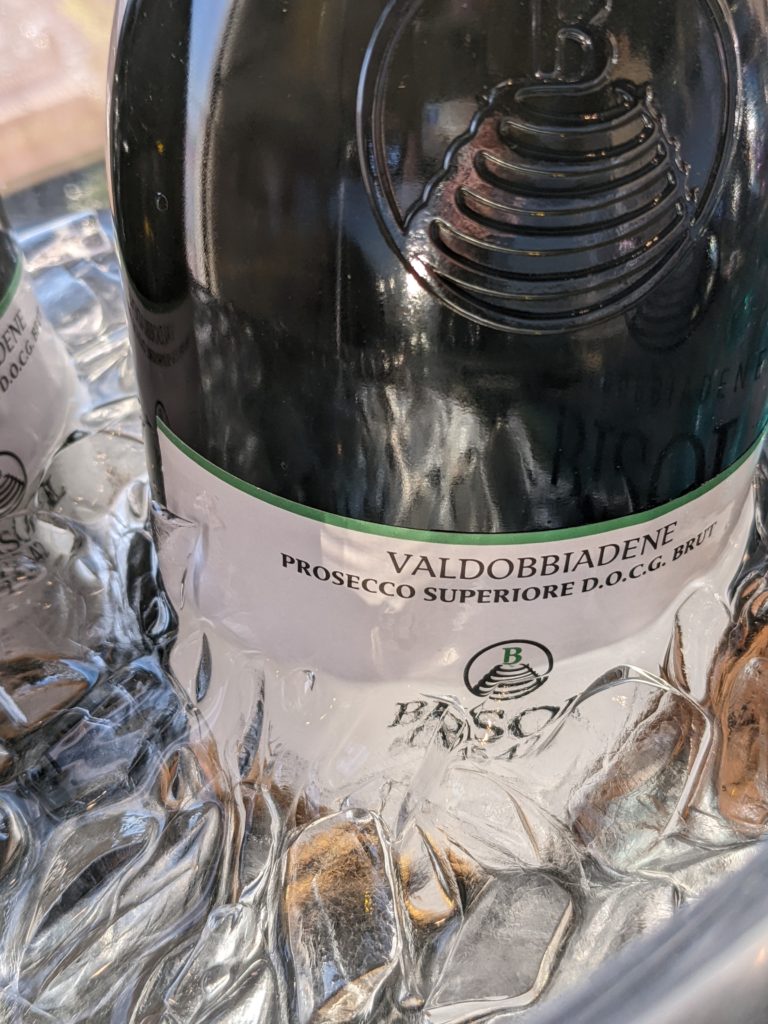
While you can enjoy these wines anytime of year, the effervescent nature of the wines and celebratory nature of the event, with its great music, good food and delicious wines, were a festive reminder that summer and lighter times were just around the corner.
I am also a bit in love with wines in can from Domaine Bousquet (which I’ve written about previously), which are perfect for their portion control and portability. These lightweight, aluminum cans of 100% certified organic wine are a great option for picnics, beaches that permit alcohol and any other outdoor activities where food and wine are welcome. Plus, they cool quickly and add a lovely flair to your al fresco meals with their food friendly nature and freshness.
A blend of Pinot Noir, Syrah, Pinot Gris and Viognier, Le Petit Verre Bubbly Rosé is slightly effervescent, and offers up lovely citrus and berry notes, with bright acidity on the dry and balanced palate, with long length.
The Le Petit Verre Malbec delivers ripe black fruit aromas and flavors, with good acidity and some complexity, culminating in long length. It was a perfect foil for my BBQ burger craving over Memorial Day Weekend.
These Argentine wines hail from Tupungato,vineyards in the Mendoza region. At an SRP of $13.00 for a four-pack, each 250-ml can provides approximately a glass and a half of wine, at roughly $3.50 per can.
And finally, it was a pleasure to taste two wines from Monte Velho, which provided yet another reminder that Portuguese wines provide great value and great taste. These wines are produced in the Alentejo region and are wonderful examples of indigenous Portuguese varieties. Here, blending has a long history, but today’s wineries are bringing a more modern approach with the deliberate planting of varieties in specific vineyards, rather than relying on the field blends of yesteryear.
A blend of Antão Vaz, Perrum, and Roupeiro, the Monte Velho White 2021 is clean and fresh with medium to full body, with good concentration of ripe white fruits and citrus on the dry palate, with briny minerality and long length.
The Monte Velho Rosé 2021 brings together Touriga Nacional, Aragonez, Syrah, Trincadeira and Tinta Caiada, and Arinto, yielding a wine with fresh strawberry and raspberry notes, and a hint of herbaceousness. With medium acidity, medium body and long length, this dry wine was both refreshing and food friendly.
Both wines retail at $12.00/bottle and are certified vegan by the European Vegetarian Union. Moreover, they are shipped in eco-friendly packaging with lighter-weight bottles and 100% varnish-free, recycled cardboard.
I hope these wines inspire your own al fresco dining this summer season!
